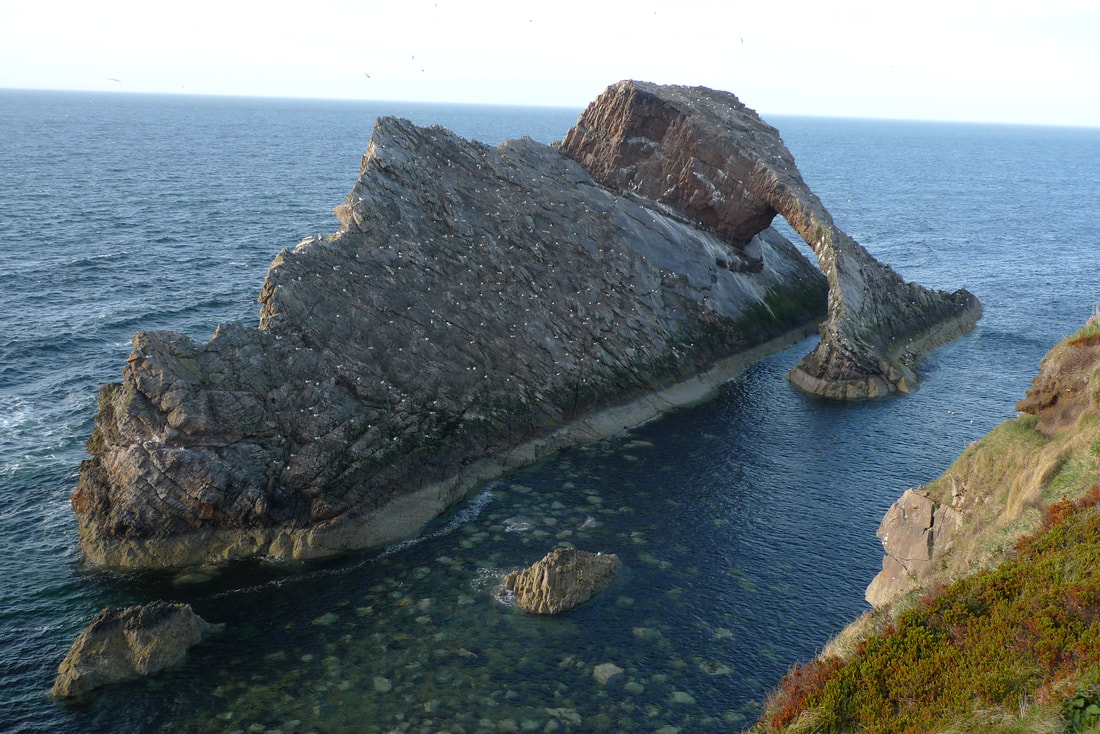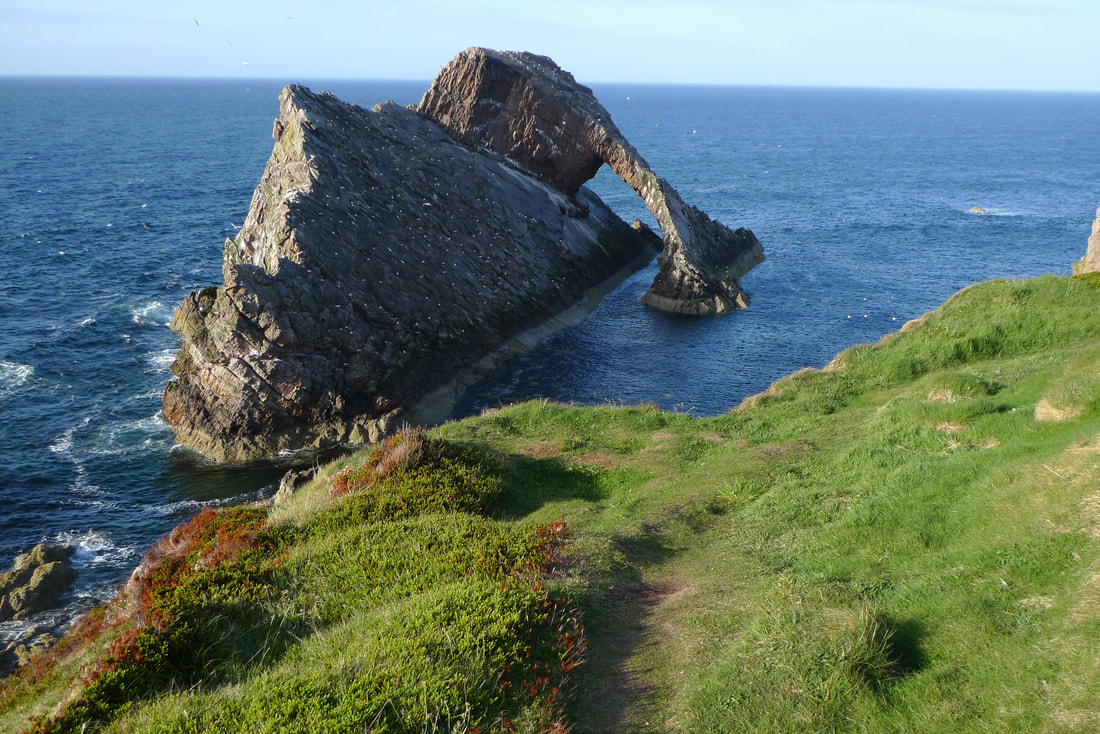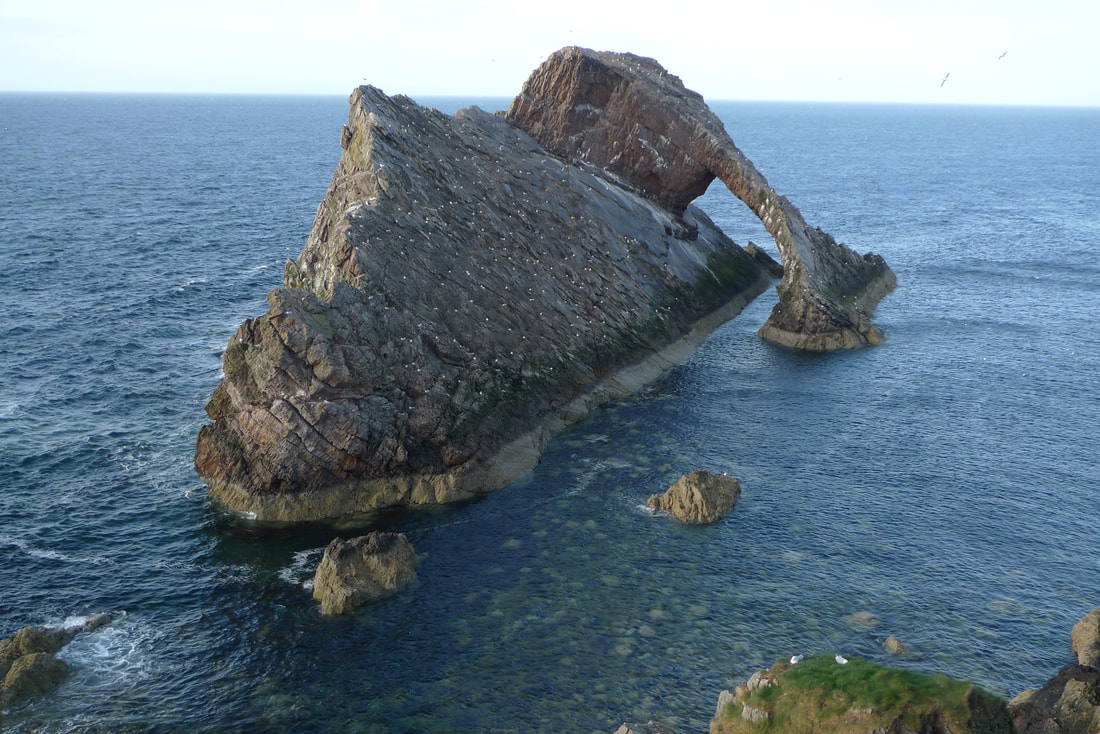|
Steve Silk cycles the route of Britain's most prestigious road, the London to Edinburgh road. It is now called the A1, but until 1921 it was called the Great North Road. With each pedal stroke the author experiences more of the towns, landscapes and remarkable history of this route.
The journey is around 500 miles over 11 days and Steve wonderfully describes the sense of adventure when heading north: "For reasons that I can't quite explain, the compass point is important. Which proper traveller can resist a road sign with a crisp, white arrow pointing to "The North" in no-nonsense sans-serif?" Steve came across the books of Charles G. Harper who wrote about doing the same journey over 100 years ago. Throughout the book Steve reflects on Harper's experiences of places along the way, nicely weaving this with modern day comparisons. In honour of Harper, Steve buys an old fashioned bike, a Jamis Aurora, to do the journey on the 100th anniversary of the A1. The adventure begins in a cool London bike cafe called Look Mum No Hands. Steve's description of travelling through busy London is brilliant and really captures the atmosphere and sights of the capital. I love that he records that sudden moment when London ends, the buzz is replaced with greenery and tranquility at a place called Hadley Green. I imagine that this is the kind of detail that you are more likely to notice travelling by bicycle and miss if you are driving. The heyday of the Great North Road was when stagecoaches raced up and down it. For me this was the most fascinating aspect of the journey and the book is interspersed with tales of the romance of the coaching era. The most visible legacy of that time is the coaching inn and Steve visits many of them along the way and there is a lovely round up of his favourite ones at the end of the book. I found that his writing about this period was very evocative and it really felt like I was stepping back in time. I learned so much about parts of Britain that I am unfamiliar with. For example, the commuter town of Stevenage had been planned as cycle-friendly in the 1950s and 60s with 26 miles of cycle lanes. Then there is the Bedfordshire clanger- a pastry with meat filling at one end and a sweet filling at the other! That was one of the great joys of this book, discovering new things about Britain. On his route Steve visited the birthplace of Newton that still has the famous apple tree in the grounds. He even visited inside Margaret Thatcher's childhood home. I am ashamed to say that I had no knowledge of these places before reading this book. The lesson I have learned is that a cycle touring adventure in Britain can be just as revealing and as exciting as any journey that you might take overseas. The Scotland section of the road is mostly in East Lothian. Steve uses routes familiar to me and his writing captures the landscapes and sights of the area really well. The Great North Road is a captivating read. Here is an adventure that we can do in our own country, with so much to see and experience along the way. I loved how the book beautifully combined the past and present stories of the road, in particular transporting the reader back to the era of stagecoaches. Reading this book made me want to book some nights in historic coaching inns and jump on my bike to get there.
0 Comments
Scotland has some magnificent coastal rock formations. One of my favourites is the Bow Fiddle Rock on the north-eastern coast. It is near Portknockie in Moray. The rock was sculpted by the crashing waves of the North Sea into a shape that looks like a fiddle bow. Photos of the rock look good, but they don't prepare you for how magnificent it is in real life. It is not just the first sight of this uniquely shaped rock that captivates you, but it is the sense of where you are. On the edge of Scotland, on a cliff looking down at something that was created by the might of the sea. The stack is teaming with seabirds, like herring gulls. Their cries drown out the sound of water lapping up to the rock. And then your eye is drawn beyond the rock to the endless expanse of the sea. It is a place where it is easy to appreciate the beauty of our planet. Come here and take a seat for a while. Absorb everything you see, hear, smell and feel. Whenever you need a moment of escape let your mind to take you back to the day you visited the Bow Fiddle Rock. How to get here
The Bow Fiddle Rock is about a 15 minute walk from Portnockie Harbour, along the cliffs path. From Cullen it is a 15 minute cycle. Cullen is on National Cycle Network Route One, but if you are not doing that route the best way to reach the town is from Keith. There's a train station there and it is a 14 mile ride using quiet B-roads. There is a full description of this route in my blog about the Willows Tearoom. For ideas of things to see and do in Cullen, visit my blog about Cullen and my review of the Cullen Bay Hotel. |
|





